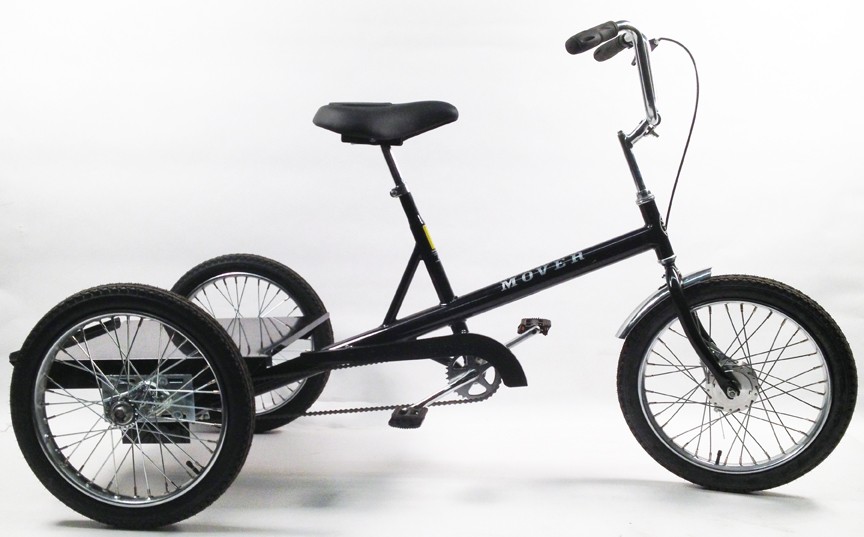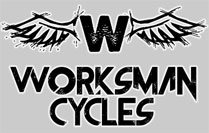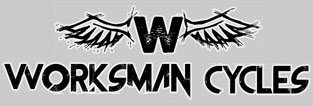Choosing the Right Cargo Bike for Your Business
 In an age where businesses strive to stand out and optimize operations, many are turning to cargo bikes as a cost-effective and eco-friendly alternative to traditional delivery vehicles. Whether you run a bustling bakery, a local courier service, or a small manufacturing company, pedal-powered transportation can be both exciting and daunting. There's a wealth of options on the market, and each can address different business needs and scenarios.
In an age where businesses strive to stand out and optimize operations, many are turning to cargo bikes as a cost-effective and eco-friendly alternative to traditional delivery vehicles. Whether you run a bustling bakery, a local courier service, or a small manufacturing company, pedal-powered transportation can be both exciting and daunting. There's a wealth of options on the market, and each can address different business needs and scenarios.
Selecting a well-suited cargo bike for your company is more than a simple purchase decision—it invests in long-term efficiency, sustainability, and brand image. By understanding your operation's specific demands, you can pinpoint the model that best aligns with your day-to-day challenges and goals. When choosing the right model for your business, you should consider several factors.
Pinpoint Your Core Requirements
Before diving into specific bike models, it's important to identify what your business genuinely needs. You might be shipping delicate pastries or bulky goods, maneuvering tight city streets or wide industrial parks. Being clear on these details upfront helps focus your search and avoids overwhelming feelings by too many options.
Feeling unsure about which factors matter most when choosing a cargo bike is normal. By reflecting on what you're actually transporting, how often, and in what conditions, you'll feel far more confident about your final choice.
Assess Load Capacity and Volume
Cargo bikes vary widely in how much they can carry, so load capacity is an essential consideration. You'll need a sturdier, more robust model if your deliveries typically involve large quantities or heavier items.
- Low Gravity Model: This model is ideal if your deliveries involve moderate weight but require nimble handling in crowded urban areas. Its sizable steel cargo basket is perfect for light to medium loads while maintaining a lower center of gravity for stability.
- Mover Industrial Tricycle: This trike offers a higher load capacity for heavier goods. Its durable frame can handle the rigorous demands of warehouses, campuses, or small factories where regular transport of supplies is a must.
- Front Loader Super Delivery Trike: Built for large-volume or bulky deliveries, this front-load design allows you to monitor your goods at all times, which can be especially useful if you're transporting delicate or oddly shaped items.
It's understandable to worry about "overbuying" or "underbuying." When in doubt, consider the heaviest load you foresee transporting regularly. If you're only occasionally moving large loads, renting or borrowing a more robust bike for those one-off needs might be enough.
Consider Maneuverability and Terrain
Your business location and the type of routes you travel play a huge role in choosing the right cargo bike. A sleeker, more agile model might be essential if you're navigating congested urban streets. If you're operating in a campus-like setting or on wide industrial roads, something sturdier with increased stability could be a better fit.
- Low Gravity Model: This bike's "Steer-tru" system is designed for weaving through tight city streets. Its lower center of gravity makes it easier to balance and control, even with moderate loads.
- Mover Industrial Tricycle: Maneuverability is still manageable here, but the focus shifts to stability. It's perfect for environments where you won't be dodging heavy traffic or where you need to handle heavier loads without worrying about tipping.
- Front Loader Super Delivery Trike: The front cargo area can be large, so consider whether your typical route has enough space for turns and parking. If you do have room to navigate, the convenience of a front-loading area may well be worth the trade-off in size.
It's natural to want the "best of both worlds"—high stability and easy maneuvering. Recognizing which factor is genuinely more critical for your day-to-day routine can help you avoid frustration down the line.
Evaluate Frequency and Maintenance
Like any piece of business equipment, cargo bikes require regular upkeep. Frequent deliveries or rough terrain may require sturdier components and possibly more frequent tune-ups.
- Low Gravity Model: Suitable for daily runs with moderate loads. It can handle consistent use in an urban context without too much wear and tear, provided you keep it well-maintained.
- Mover Industrial Tricycle: Built for heavier workloads and daily shuttling of goods. Its durable construction means fewer unexpected breakdowns, though you should still plan routine maintenance if usage is intense.
- Front Loader Super Delivery Trike: Designed to handle significant demands, but the unique front cargo compartment means you'll need to keep an eye on hinges, latches, and potential wear from larger loads.
If you worry about the time and cost of maintenance, try keeping a log of your trips and noticing patterns. Proactive care can extend the life of your cargo bike and save you money in the long run.
Get the Right Cargo Bikes for Your Business
Workman Cycles' Low Gravity, Mover Industrial Tricycle, and Front Loader Super Delivery Trike each cater to distinct scenarios, so the key is recognizing your unique challenges and matching them with the right solution.
In the end, the best cargo bike is the one that seamlessly integrates into your workflow, keeps your goods secure, and makes your day-to-day tasks easier. By applying these insights, you'll be well on your way to choosing a cargo bike that meets your operational needs and helps your business flourish in today's competitive landscape.







